Cancer Genomics Research
Perform world-class research—advance our understanding of cancer genomics
Illumina next-generation sequencing (NGS) and microarray technologies represent the gold standard in quality worldwide—and account for ~90% of the world’s sequencing data.* Innovative, intuitive, and completely integrated, our sample-to-data solutions empower your lab to keep ahead of the curve in the rapidly evolving genomics revolution. So you’ll be better able to perform the world-class cancer genomics research you strive for—with the goal of uncovering new insights into the biology of cancer that can lead to meaningful advances in personalized medicine.
Our comprehensive genomics product offerings support multiple cancer research applications, including studies of DNA, RNA, epigenetics, and more. Our range of sequencers can be scaled to meet your needs—from powerful, yet personal, benchtop models to versatile, high-throughput systems. With intuitive data analysis and management capabilities and unsurpassed customer support, we can deliver the answers you seek—quickly, accurately, and cost-effectively.
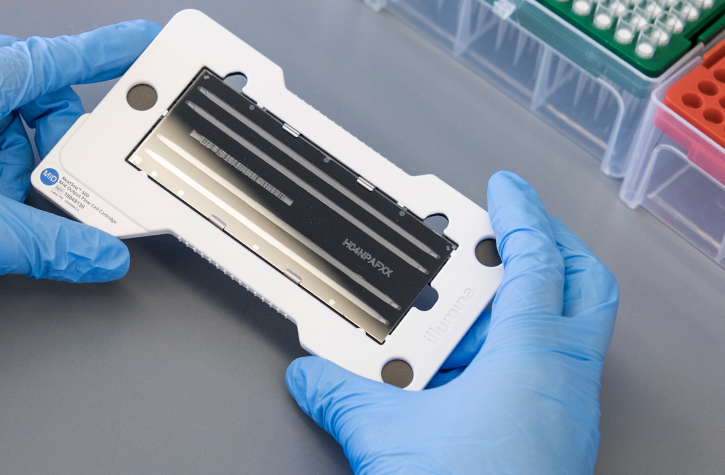
Cancer Genomics Research Topics
Explore genomics-based approaches to investigating cancer using NGS and microarrays.
Redefining NGS in Cancer Research
During this webinar, our expert speakers provide background information on next-generation sequencing (NGS), discuss the achievements and challenges associated with NGS, and discuss how an integrated multiomics approach can be used in cancer diagnosis and treatment.
View Webinar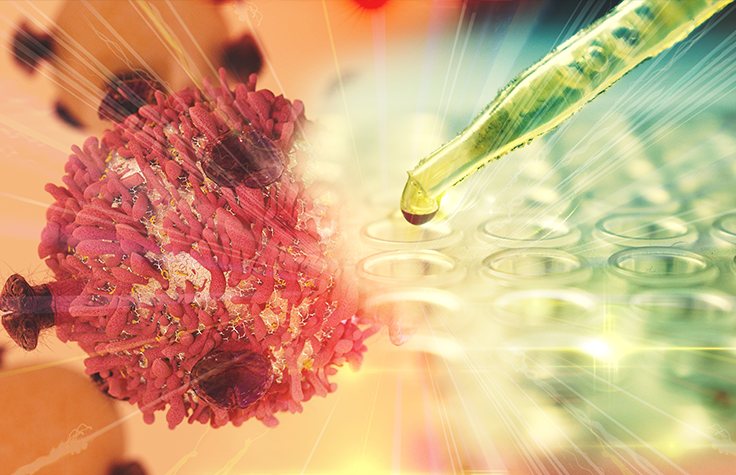
Recent Cancer Genomics Articles

Merging discovery with clinical care at Ontario Institute for Cancer Research
Inside the Canadian icon pushing the boundaries of precision oncology
Read Article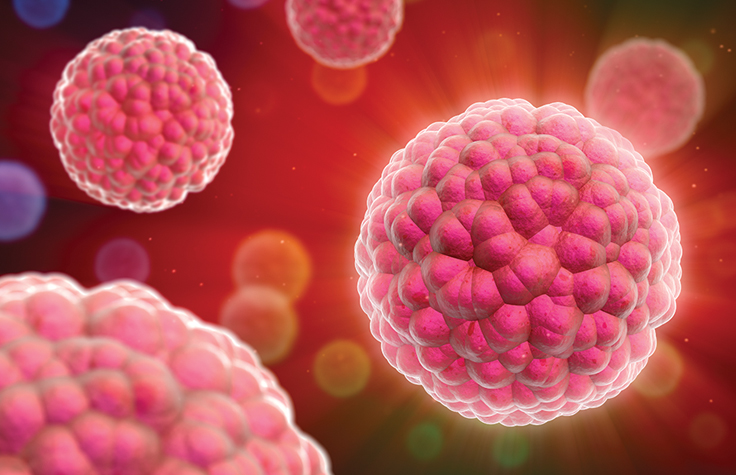
Using analytics to improve cancer diagnosis and therapy selection
Developing and automating workflows for analyzing, processing, and sharing genomic data among researchers and clinicians.
Read Interview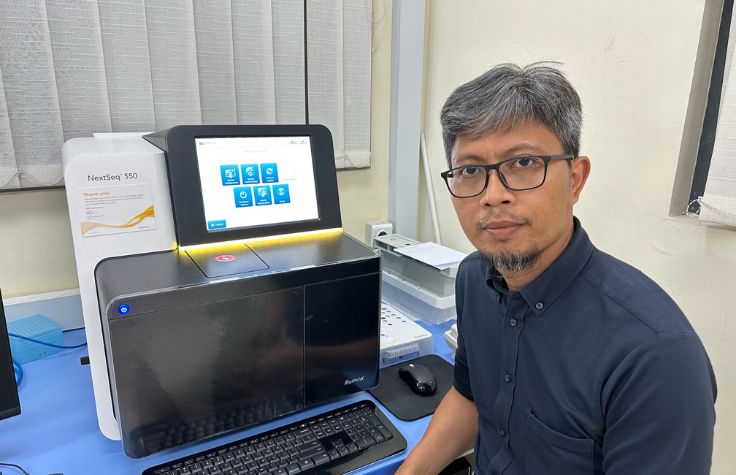
Understanding Indonesia’s unique cancer problem
A diverse country with younger-than-average cancer patients launches a national initiative to understand the genetics of oncology
Read ArticleFeatured Products
Spatial Transcriptomics
High-plex spatial proteogenomics of FFPE tissue sections
Revealing the tissue architecture of astrocytoma and glioblastoma with Nanostring GeoMX®
Read Application NoteHigh-throughput spatial transcriptomics of complex tissues
Discover high-plexity spatial technologies for gene and protein profiling with NanoString GeoMX®
Read Application NoteResolve whole transcriptome within tissue architecture
Mapping the full transcriptome from tissue sections while retaining morphological context with Visium Spatial Gene Expression from 10x Genomics
Read Tech NoteMultiomic Sequencing Applications
10X Genomics Chromium Single Cell Multiome ATAC + Gene Expression
Unify single-cell gene expression and chromatin accessibility to help reveal cellular mechanisms driving gene regulation.
Read Tech NoteMeasure Protein Expression with RNA-Seq
Learn how to incorporate protein detection into bulk RNA-Seq and develop a workflow for BEN-Seq, providing a holistic approach to cell analysis with BioLegend antibodies.
Read Application NoteUsing 10x Genomics libraries to Probe the Immune System at Single-Cell Resolution
A multiomic approach to determine how the immune system functions
Read Tech NoteEnabling Single-Cell Proteomics Using TotalSeq-A and NGS
Optimizing use of BioLegend TotalSeq antibodies
Read Application NoteMultiplex high-throughput proteomics
Detecting ~3000 proteins simultaneously from various sample types with low input volume with Olink Explore
Read Tech NoteMaking Sense of Cancer Genomes
In this podcast episode, Drs. Obi and Malachi Griffith, Professors of Medicine at Washington University in St. Louis, MO, discuss their work in improving interpretations of sequence variants in cancer and enhancing bioinformatics education.
Listen Now
Learn More
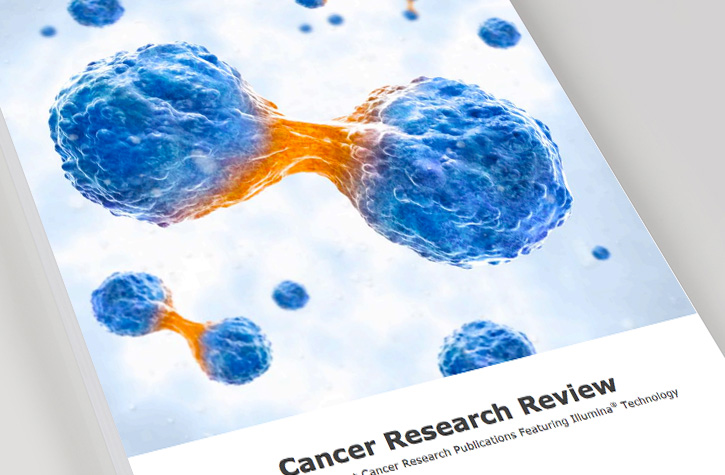
Cancer Research Review
An overview of recent cancer genomics research publications featuring Illumina technology.
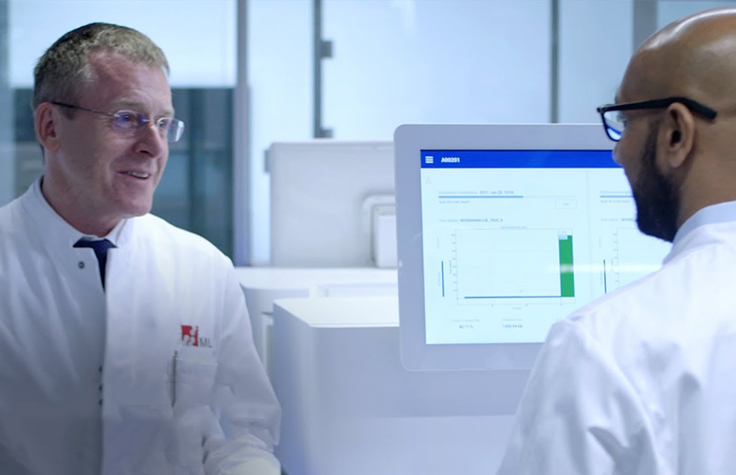
Insights into Leukemia and Lymphoma
Munich Leukemia Laboratory is using NGS to gain a better understanding of leukemia and lymphoma subtypes and discover new therapeutic pathways.
Interested in receiving newsletters, case studies, and information on cancer genomics?
Sign Up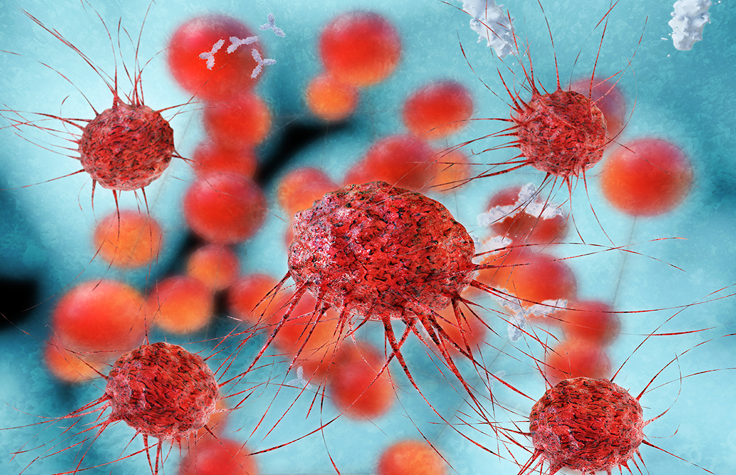
Educational Webinars
Explore a variety of webinars on topics ranging from cancer research to NGS data analysis, microbiome studies, and more.
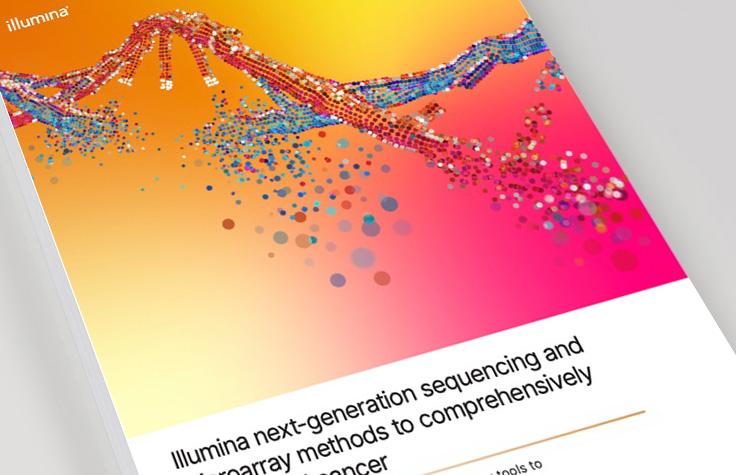
2023 Cancer Research Methods Guide
This updated guide provides an overview of NGS-based and microarray workflows for a broad range of cancer research applications.
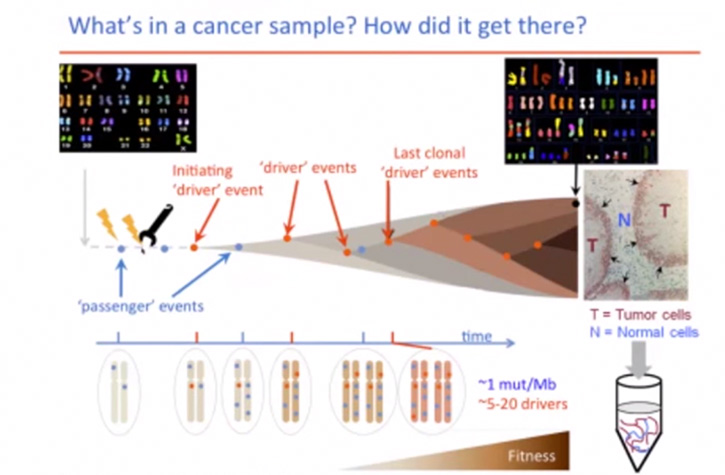
Sequencing Analysis of Tissue Samples: Fresh Frozen vs. FFPE
A researcher from Massachusetts General Hospital compares sequencing results from FFPE and fresh-frozen tumor samples.
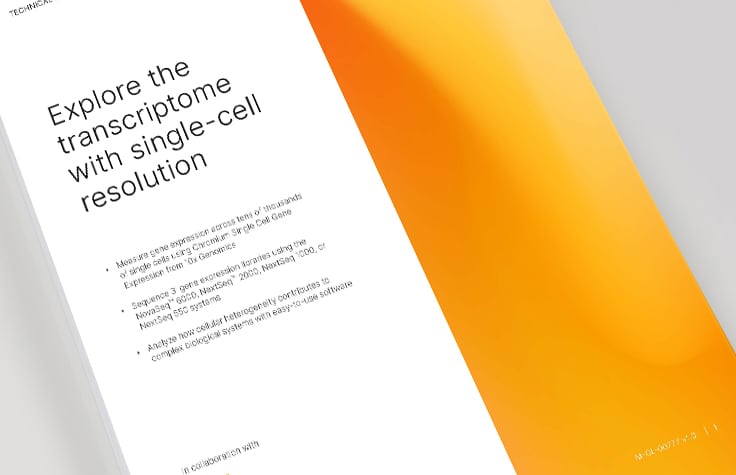
Gene Expression with 10x Genomics
Explore the transcriptome with single‑cell resolution
References
*Data on file based on a 2013 study.




